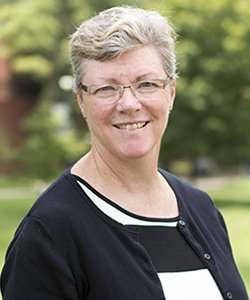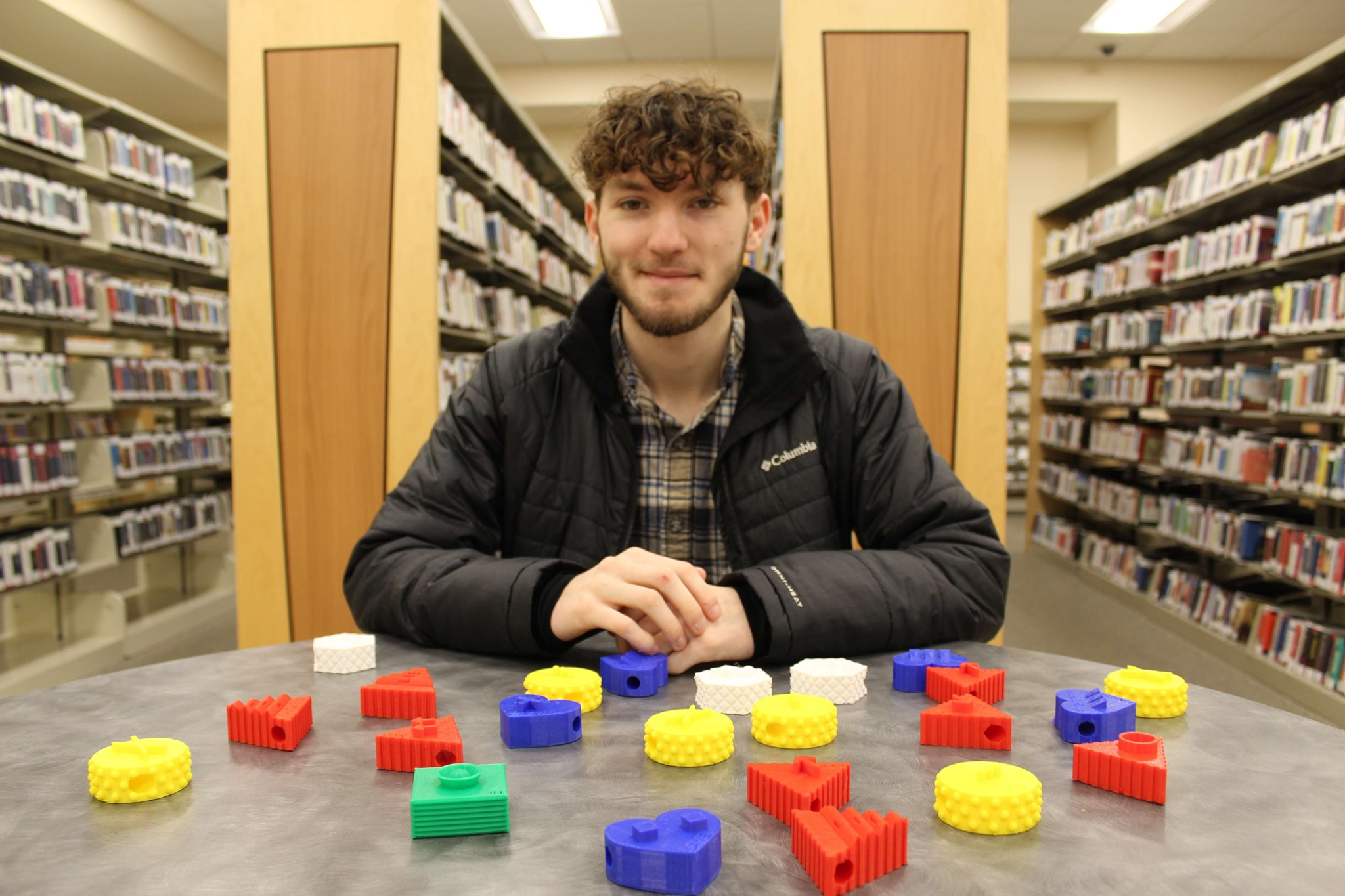Tag: communication
-

A Semi-Brief Fascinating History of American Sign Language + Resources for Learning
There is a vast misconception among hearing Americans that American Sign Language is English on the hands, but in fact, it is a full language with its own unique syntax, […]
-

Communication Initiative for Adults with Intellectual and Developmental Disabilities
A UK Human Development Institute (HDI) Fund for Excellence award has been given to Jacqui Kearns, PhD, to create a set of unique online modules for speech/language pathologists, case managers, […]
-
Latest HDI Fund for Excellence Projects: Winter 2015
We’re excited to share that in the last quarter, HDI funded the following two Fund for Excellence projects: Dr. Dwight Irvin’s Understanding Language Environments in Community Settings in Families of Children […]
